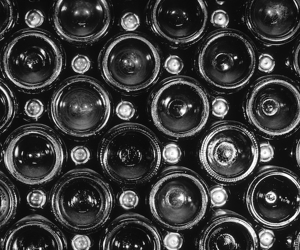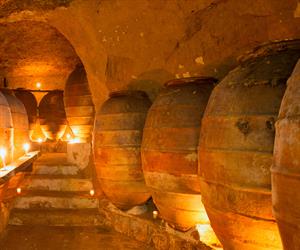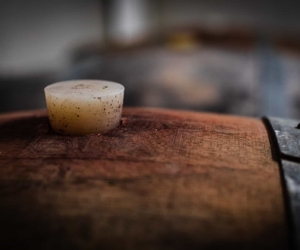Our winemaking philosophy is simple: we want our wines to tell the story of the terroir, the land they came from. When winemakers talk about the terroir, we often talk about the soil, the climate, where the wind comes from, or how temperatures change during the day. But the terroir includes more than that—it includes the entire cycle of life in our local biome.
Researchers at Humboldt State University in California are putting that to the test with “owl boxes.” An owl box is essentially a bird house built specifically for owls; deploying an owl box is so certain to attract an owl that these boxes are used as a form of rodenticide worldwide. You can apparently put an owl box anywhere you’re having a rodent problem, and you can expect an owl to start hunting there before long.
Growers around the world use owls to protect vital crops:
- Alfalfa in Israel
- Palm orchards in Malaysia
- Mixed vegetables in Kenya
- Olives in Spain
- Pistachios and figs in central California
Their hypothesis is that wineries with owl boxes can actually reduce their use of rodenticide without sacrificing their grapes. The hypothesis comes from a recent upward trend in the use of owl boxes in California wine country. There are nearly 300 of these boxes across 65 vineyards in Napa Valley, and just one owl family inside an owl box can hunt upwards of 3,400 rodents a year.
In other words, a few hundred owl boxes could mean a reduction of nearly a million rodents per year without the use of rodenticide.
The lab’s research has not yet conclusively proven that the use of owl boxes has reduced the rodent population, but their findings thus far are promising. The use of owl boxes could become a natural, environmentally conscious way to protect vineyards (and other crops) from mice, gophers, and other rodent nuisances.




